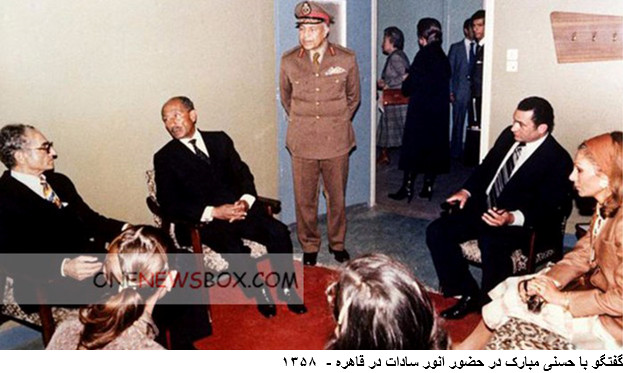The Shah’s burial in Al-Rifai Mosque carries profound symbolic meaning. The mosque, located in central Cairo opposite the Citadel of Saladin, is the traditional resting place of Egypt’s modern royalty, including King Fouad I and King Farouk I. By resting among Egypt’s kings, the Shah—though a foreign monarch—became part of the region’s royal lineage.
His tomb, carved from white marble and inscribed with Persian verses, stands as a fusion and Egyptian identity, of East and Middle East. For many in exile, the site is not merely a grave; it is a memorial of lost sovereignty, a tangible link to a vanished that once sought to bridge tradition and modernity. Pilgrims still visit, leaving flowers and silent prayers, while Egyptian guides respectfully recount his story to visitors as “the last king of Persia.”

